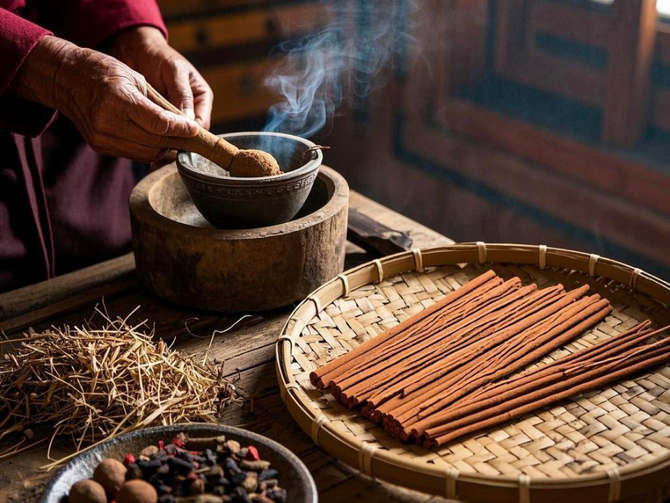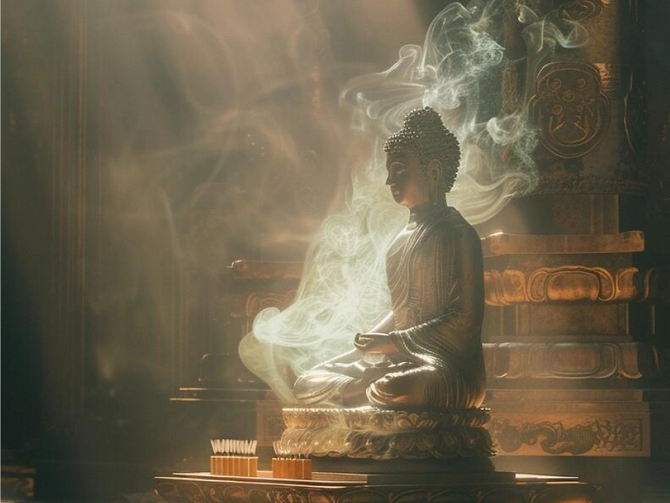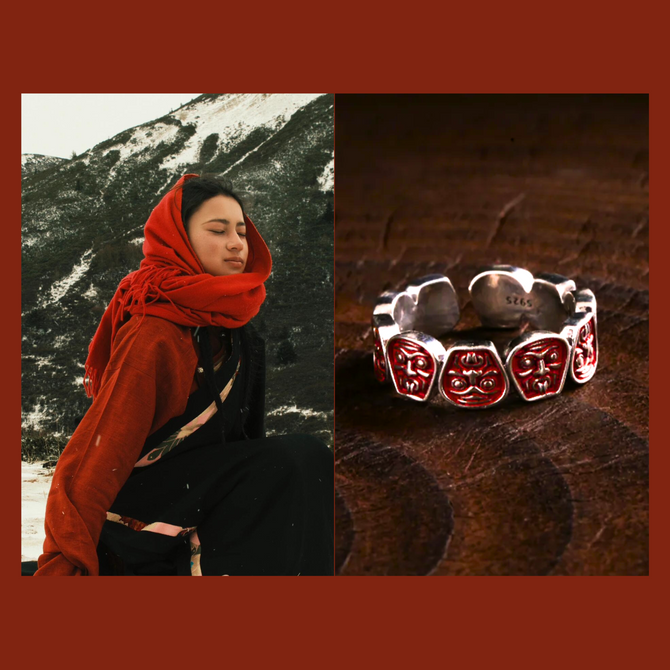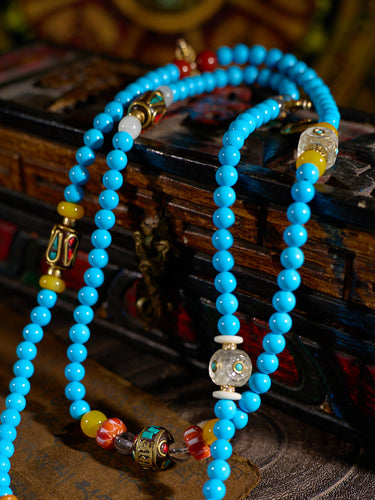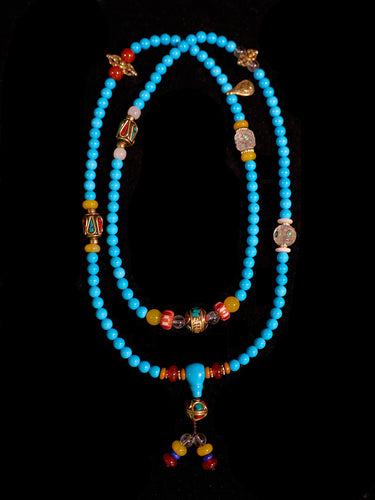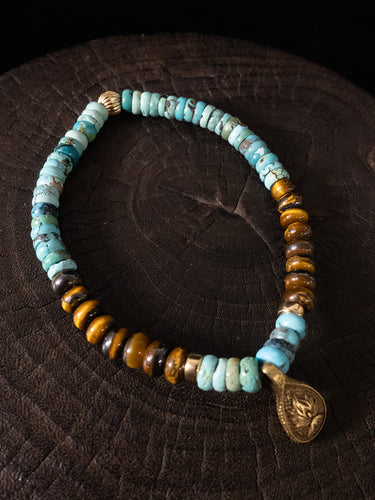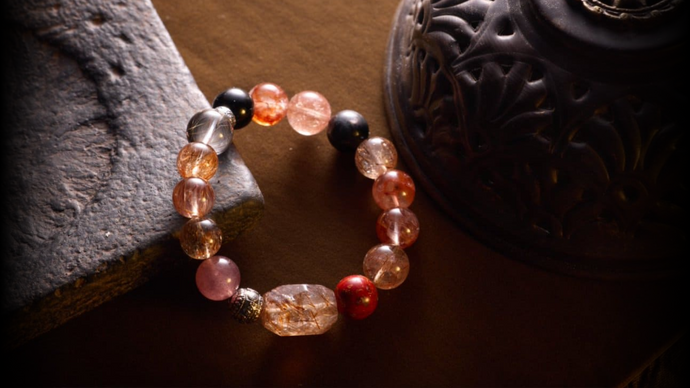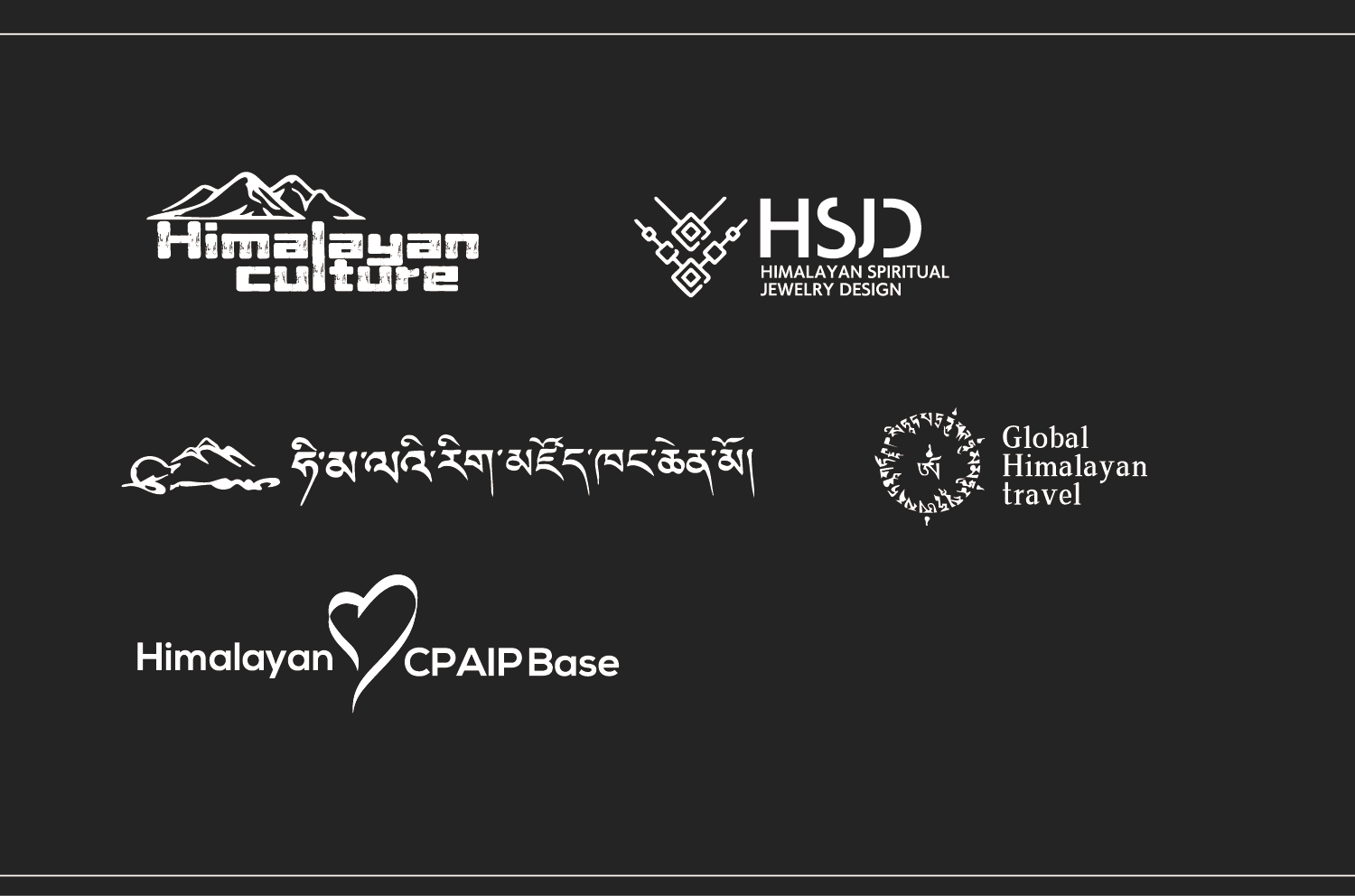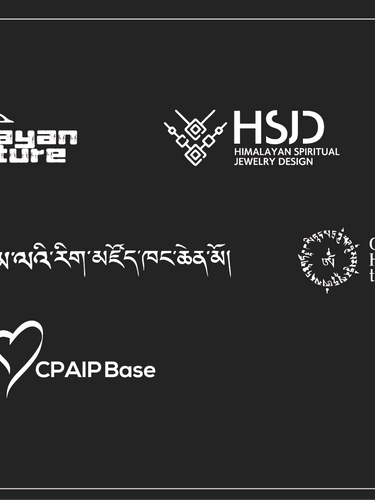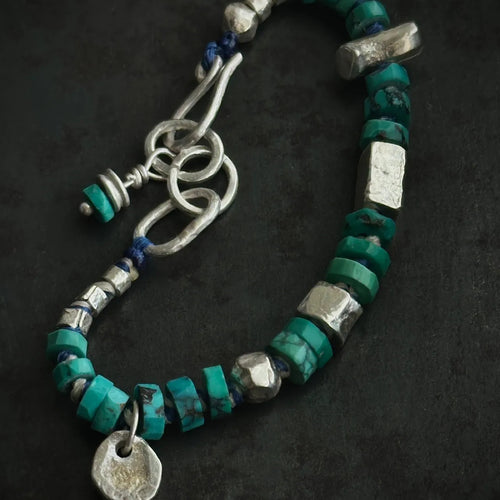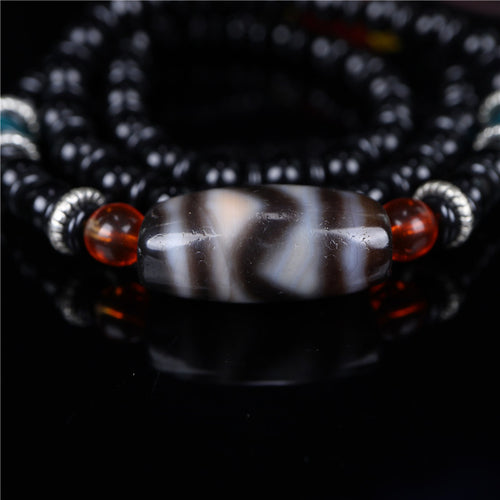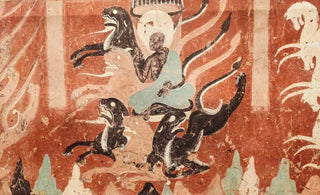
In this article, we delve into the symbolic meaning of Buddhist motifs on the Yungang Buddha statues. Our aim is to provide you with a comprehensive understanding of the intricate symbolism embedded in these ancient artworks. Join us on this enlightening journey as we explore the profound spiritual significance behind these captivating sculptures.
The Yungang Buddha statues, nestled within the Yungang Grottoes of Shanxi province, China, are not merely stunning works of art but also embody profound symbolism rooted in Buddhist philosophy and teachings. These ancient sculptures, dating back to the 5th and 6th centuries, are a testament to the skill and devotion of the artists who created them, as well as the depth of spiritual understanding they sought to convey. Each intricate motif and element adorning the Yungang Buddha statues holds significant meaning, inviting us to unravel the layers of symbolism that enrich these artworks. Let's explore further.
The Lotus Flower: Purity and Enlightenment
The lotus flower, one of the most prominent motifs found on the Yungang Buddha statues, carries profound symbolism within Buddhism. It represents purity, enlightenment, and the potential for spiritual growth. Just like the lotus rises from the muddy waters, it symbolizes the journey of the soul transcending the mundane world and blossoming into a state of spiritual awakening. The lotus teaches us that even in the midst of challenges and impurities, we have the capacity to rise above and attain a state of purity and enlightenment.
Moreover, the lotus has a deep connection to the Buddha's teachings. Just as the lotus remains unstained by the muddy water in which it grows, the Buddha's teachings remain pure and untainted by the imperfections of the world. The lotus serves as a visual reminder of the pristine nature and transformative power of the Buddha's teachings, inspiring practitioners on their path to enlightenment.
Mudras: Gestures of Enlightenment
The Yungang Buddha statues showcase intricate hand gestures known as mudras, which hold specific meanings in Buddhist iconography. These mudras communicate various aspects of the Buddha's teachings and represent different qualities or states of consciousness.
For example, the Dharmachakra Mudra, or the "Wheel Turning Gesture," is commonly seen on the Yungang Buddha statues. This mudra symbolizes the Buddha's first sermon, where he turned the wheel of Dharma, setting in motion the path to enlightenment. It represents the Buddha as the ultimate teacher, guiding beings out of the cycle of suffering. Another frequently depicted mudra is the Abhaya Mudra, or the "Fearless Gesture." With the right hand raised and palm facing outward, this mudra signifies protection, fearlessness, and the dispelling of fear and obstacles. It reassures devotees that the Buddha's compassionate presence is there to provide guidance and support on their spiritual journey. Each mudra on the Yungang Buddha statues has its own significance, conveying deep spiritual concepts and serving as a visual language to communicate profound teachings.
Bodhisattvas: Compassionate Beings
The Yungang Buddha statues feature numerous depictions of bodhisattvas, enlightened beings who have chosen to delay their own entry into Nirvana to assist others on their spiritual path. These compassionate figures embody the ideal of selfless devotion and serve as inspirational role models for practitioners.
Each bodhisattva portrayed on the Yungang Buddha statues represents different qualities and virtues. Avalokiteshvara, the bodhisattva of compassion, is often depicted with multiple arms and faces, symbolizing the ability to reach out and assist countless beings simultaneously. Manjushri, the bodhisattva of wisdom, is often portrayed with a sword and a sutra, representing the power to cut through ignorance and illuminate the path to enlightenment. The presence of bodhisattvas on the Yungang Buddha statues emphasizes the importance of compassion and the aspiration to alleviate the suffering of all sentient beings. They serve as reminders of the noble qualities that practitioners can cultivate on their own journey to awakening.
Dragon Motifs: Power and Protection
Intertwined with the other motifs on the Yungang Buddha statues, we find the presence of dragons. In Chinese culture, dragons symbolize power, strength, and protection. Dragons are believed to possess the ability to control water, a vital element associated with life and purification. The inclusion of dragon motifs in the Yungang Buddha statues adds a sense of majesty and awe to the overall composition. Dragons are considered auspicious creatures, associated with good fortune and prosperity. They represent the divine presence and offer protection to those who seek refuge in the Buddha's teachings. Moreover, dragons on the Yungang Buddha statues also convey the idea that the wisdom and compassion of the Buddha extend beyond human realms. They remind us of the vastness and universality of the Buddha's teachings, reaching all beings and offering solace and protection.
In conclusion, the Yungang Buddha statues are not merely artistic masterpieces but also profound expressions of Buddhist philosophy and teachings. The lotus flower, mudras, bodhisattvas, and dragons all contribute to the rich symbolism embedded within these ancient sculptures. They invite us to explore the depths of spiritual wisdom and inspire us on our own spiritual journey. The Yungang Buddha statues serve asa powerful reminder of the timeless truths and enduring relevance of Buddhist principles. By studying and contemplating the symbolism present in these statues, we can gain a deeper understanding of the core tenets of Buddhism and apply them to our own lives.
The Yungang Buddha statues continue to captivate and inspire countless individuals who encounter them. Their profound symbolism transcends cultural and temporal boundaries, touching the hearts and minds of people from diverse backgrounds. Whether one is a devoted Buddhist practitioner, an art enthusiast, or simply a curious observer, these statues offer a gateway to explore the depths of spirituality and connect with a tradition that has spanned centuries. Furthermore, the Yungang Buddha statues remind us of the power of art as a medium for spiritual expression and communication. Through the skillful craftsmanship and meticulous attention to detail, the artists of the Yungang Grottoes were able to convey profound spiritual truths in a tangible and accessible form. The statues serve as a testament to the transformative power of art to inspire, uplift, and awaken the human spirit.
In a world that often feels fragmented and disconnected, the Yungang Buddha statues stand as a unifying symbol, reminding us of our shared humanity and the universal quest for meaning and enlightenment. They invite us to delve deeper into the mysteries of existence, to contemplate the nature of suffering and liberation, and to cultivate compassion and wisdom in our own lives. Whether we are fortunate enough to visit the Yungang Grottoes in person or simply admire these statues through photographs and descriptions, we can engage with their profound symbolism and allow them to spark a sense of wonder, curiosity, and introspection within us. The Yungang Buddha statues beckon us to embark on a personal journey of self-discovery, spiritual growth, and the pursuit of inner peace.
In essence, the Yungang Buddha statues are profound embodiments of Buddhist philosophy and teachings. Through the intricate motifs of lotus flowers, mudras, bodhisattvas, and dragons, these sculptures convey deep spiritual symbolism that continues to resonate with audiences across time and space. Experience the beauty, depth, and profound symbolism of classical oriental art through Oriental Aesthetics. Join us in celebrating the rich cultural heritage of the orient and embark on a journey that transcends time and space.


